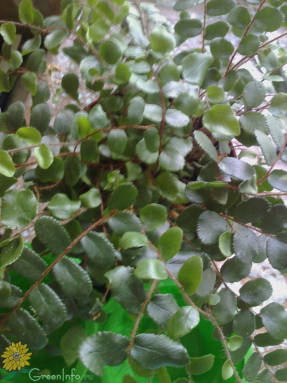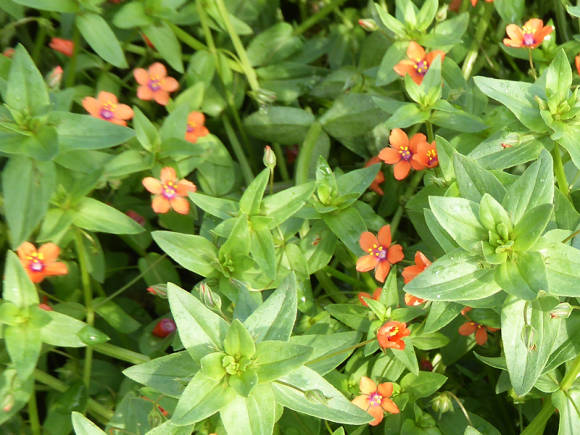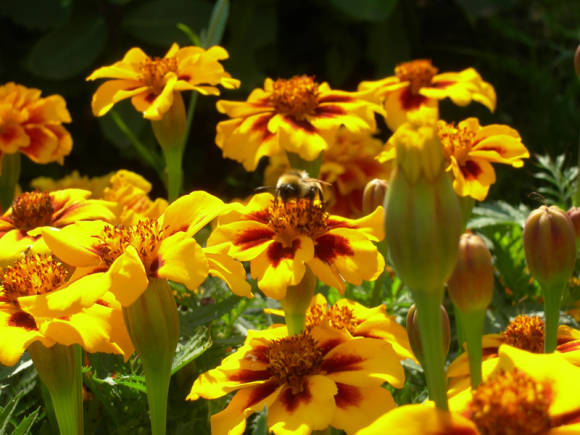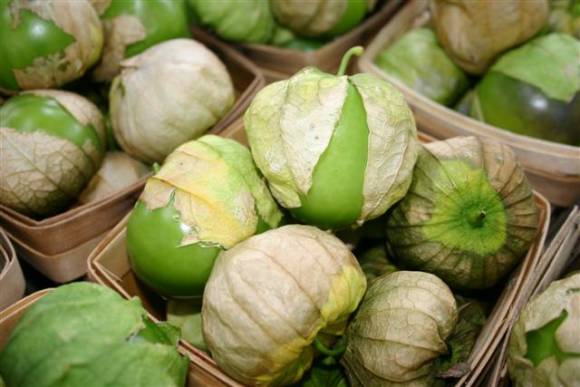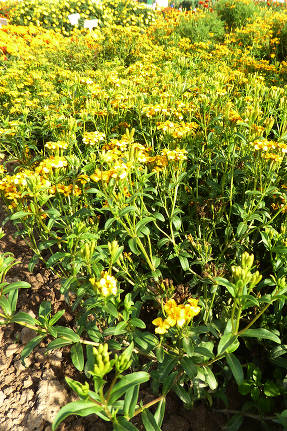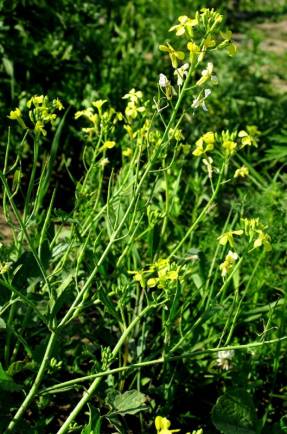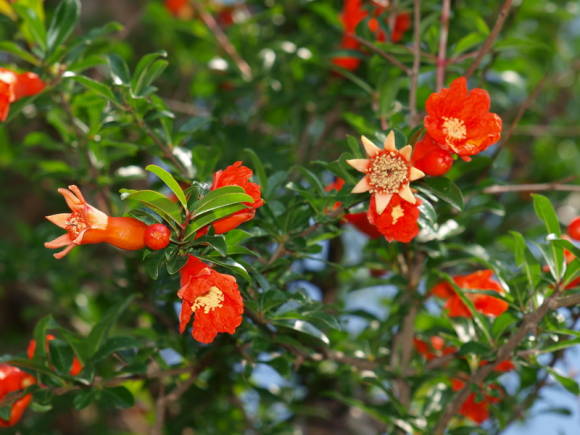
The homeland of peanuts is the countries of the South American continent - Argentina, Peru and Bolivia. There, in subtropical latitudes, nature has created the most comfortable conditions for the natural growth of this plant. The locals knew and widely consumed it as food even before the European colonization. The oldest finds date back to 950 BC. NS. Peruvian archaeologists have discovered peanut shells during excavations of some ceremonial sites of the 3rd millennium BC. NS. This nut still occupies a significant place in the national cuisine of this country. In his homeland, he was very highly valued, which is confirmed by a vase of the 12th-15th centuries found by archaeologists in Peru, which in its shape resembled this bean and was decorated with his images.
Together with European sailors, this culture began its advancement around the world. In Europe, peanuts for some reason received the name "Chinese nut", and gained real recognition only at the beginning of the 19th century, and even then due to the fact that he had a passionate admirer and defender in the person of an eccentric Frenchman named Condamine, who devoted his life to propaganda and popularization peanuts.

Peanuts have gained immense popularity in the United States. Today, peanut butter, which began production in 1904, is a favorite treat for millions of Americans. According to statistics, every American eats 3 kg of peanut butter a year, and still the same statistics claim that today, like 50 years ago, 75% of American families start their day with peanut butter for breakfast every day. Not surprisingly, in Plains, Georgia, USA, where the world's largest peanut processing plant is located, a monument to the peanut was erected in 1976, representing a four-meter smiling peanut bean. Peanuts have even been to the moon, according to American astronaut Alain Shepard.
In Russia, peanuts became known only from the end of the 18th century, having come to us, presumably, from Turkey, and the first attempts to cultivate peanuts date back to 1825, when the Odessa Botanical Garden became interested in this plant, after which peanuts began to appear on household plots.
Today, the United States, India, China, Argentina, Indonesia, and Nigeria are supplying this valuable food crop to the world food market. World production exceeds 30 million tons.

Despite the heat-loving nature of this culture, many enthusiastic gardeners around the world successfully grow peanuts in climatic conditions of temperate latitudes. But in Russia, peanuts are a rather rare crop in gardens. Growing peanuts on your site requires a certain amount of knowledge and dedication, but you can do it if you like to see unusual vegetables in your beds.
Botanical portrait

Common peanuts (Arachis hypohaea) - an annual herb belonging to the legume family, but unlike its closest relatives, its fruits are formed and grow underground. This plant is a small bush with branched stems covered with paired leaves. In the axils of the leaves, small yellow or orange unisexual flowers are formed - male and female on the same plant. After pollination, the petals of female flowers wither and fall off, and their peduncle with an ovary at the end lengthens and begins to actively grow downward, literally pushing the ovaries into the soil to a depth of 15 cm. Because of this unusual behavior, the plant received its second, very common name , - peanut. The resulting underground fruits are beans, under a fragile red, dark or light brown shell, which contain from 1 to 5 kernels. Usually one plant produces 25-50 beans.
There are two main varieties of underground peanuts - large-seeded and small-seeded bushy.Most large-seeded varieties are creeping vines with beans along the entire length of the shoots, while small-seeded varieties are erect plants with beans arranged in clusters around the base of the bush.

Useful properties of peanuts

Peanut beans are a valuable crop with a perfectly balanced content of proteins, fats and carbohydrates for the human body. Highly nutritious peanuts contain sugars, carbohydrates, large amounts of protein, high-quality fats and many vitamins necessary for the human body (groups A, B, PP), minerals (copper, manganese, iron, magnesium, phosphorus, zinc, calcium, selenium) and amino acids.
Numerous medical studies have proven that peanuts contain a large amount of antioxidants that prevent the development of many serious diseases. Regular consumption of peanuts is a powerful prevention of the development of heart disease, blood vessels and malignant tumors. It contains a lot of fiber, which normalizes and regulates the functioning of the intestines and digestive organs, and also accelerates the elimination of toxins from the body. Due to the presence in its composition of vitamin E - the vitamin of youth - peanuts prevent premature aging of the body and, by the way, promotes sexual activity.
Eating peanuts is also useful for gastritis, peptic ulcer disease, constant stress, nervous disorders. This delicious nut strengthens the immune system, normalizes blood composition, sharpens hearing, improves memory, helps to concentrate and assimilate new knowledge.
Peanut butter is great for wound healing.
However, it should be borne in mind that peanuts (especially their red husks) are a strong allergen, so they should be consumed with caution, in small portions. Doctors also do not recommend getting carried away with this delicacy for arthritis, gout and arthrosis.
The calorie content of peanuts per 100 g is 551 kcal.
Cooking use
Peanuts of various varieties are eaten raw, boiled and fried; they are salted or sugar-coated.
Peanuts are most popular in Asian cuisine, especially in the national cuisine of Southeast Asia, where its fruits are added to a wide variety of sauces, vegetable and meat dishes, as well as numerous snacks.
Statistics claim that peanuts today are one of the most popular nuts in world cooking (recall that in fact they belong to the legume family). In European cuisines, this "nut" is especially widely used in the manufacture of various confectionery products: cakes, pastries, cookies, rolls, chocolate, halva, sweets. And roasted peanuts (salty and sweet) have become a favorite delicacy of both children and adults in many countries of the world on all continents.
Peanuts are also used to make butter and milk; they are added to various mixtures - nuts, dried fruits, and muesli.
The taste of a peanut is highly dependent on its variety and place of origin. According to culinary masters, the best nuts with a subtle sweet taste are grown in Argentina, as well as in India, although Indian peanuts are inferior to their Argentine counterparts in size. But the Chinese peanuts so widespread in the world today, despite their large size, cannot boast of their taste, they are completely bland.
Real quality peanuts have a pleasant sweetish taste that becomes richer and more spicy after being cooked, such as roasted.
Peanut Recipes:
- Carrot salad with peanuts and raisins
- Rice with vegetables and peanuts
- Thai honey pork
- Turron with peanuts
- Chicken in honey and soy dressing with peanuts
- Spicy lime salad
- Bananas stuffed with peanuts
- Pesto with basil, peanuts and lemon
- Chicken fillet shashlik in walnut marinade
- Salad with champignons, oranges, ginger and peanuts
Peanut butter

It is worth noting that peanuts are sometimes referred to as the Brazilian olive nut. He got this name because of the oil, which is about 50% in peanuts. Today in the world more and more countries are paying attention to this culture precisely because of the oil. In terms of its importance, peanut oil can successfully compete with sunflower oil. The cold pressing method produces the highest grades of almost colorless peanut oil - an excellent food product without any odor, and its pleasant taste is almost as good as olive oil. It is used for food, mainly for the preparation of the best varieties of elite canned fish, chocolate and bakery products. It is also used in pharmacology. The lower grades of peanut butter are used in the production of soap, thus obtaining a high-quality, expensive cosmetic product, known in the world as Marseilles soap.
By the way, the cake remaining after the oil is squeezed out of the peanut is used as feed for pigs. And although pigs that eat such food produce rather flabby meat, the ham prepared from it has a magical and unique aroma. It is a pity that such a ham can be tasted only in the most expensive restaurants in the world.
The use of peanuts in industry and science
Few people know that peanuts are used not only for food, they have found a worthy application for themselves in industry and science. It is used to produce adhesives, synthetic fibers, plastics, paper coating compositions, flame-extinguishing liquids, sizing for modern paper and fabrics, water-repellent and insulating materials, protein hydrolysates for growing antibiotic producers and much more.
Agricultural technology of peanuts - in the article Growing peanuts in the garden and on the windowsill.
